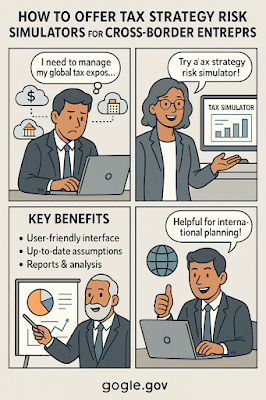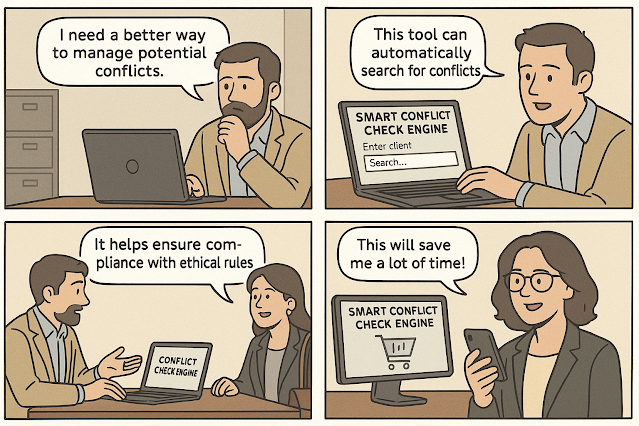How to Build a Healthcare Ransomware Attack Impact Estimator

How to Build a Healthcare Ransomware Attack Impact Estimator Ransomware attacks have become one of the most significant threats to healthcare organizations worldwide. With sensitive patient data and critical systems at risk, understanding the impact of such attacks is essential for developing effective defense mechanisms. In this blog post, we will walk you through the steps of building a healthcare ransomware attack impact estimator, including the necessary technical approach, tools, and considerations. By the end of this guide, you’ll have a clear understanding of how to estimate the potential consequences of a ransomware attack on your healthcare systems. 1. Why Healthcare Organizations Are Targeted by Ransomware Healthcare organizations are prime targets for ransomware due to the sensitive nature of the data they handle and their dependence on IT systems for patient care. These organizations often have outdated security measures and may lack the resource...











